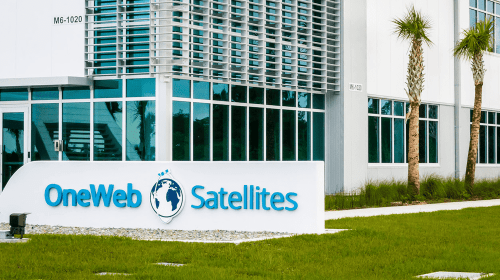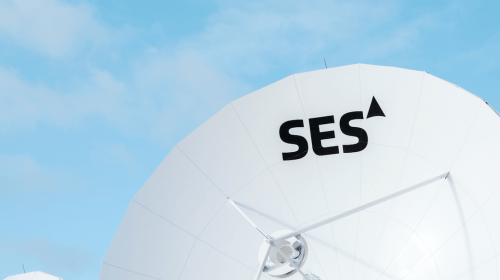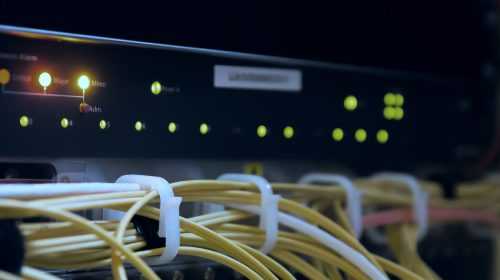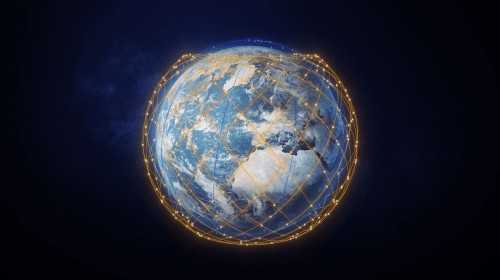Breaking New Ground in Quantum Communications
Oct 31, 2024
Boeing has taken an audacious leap into space to show that quantum entanglement swapping is possible there, a major step for quantum communications. This groundbreaking mission, dubbed Q4S, will set a foundation for a global quantum satellite network, launched in 2026, the aerospace giant announced. This initiative is a joint effort between Boeing and HRL Laboratories, a joint venture with General Motors, that will put two entangled photon pair sources on a single Astro Digital Corvus satellite platform.
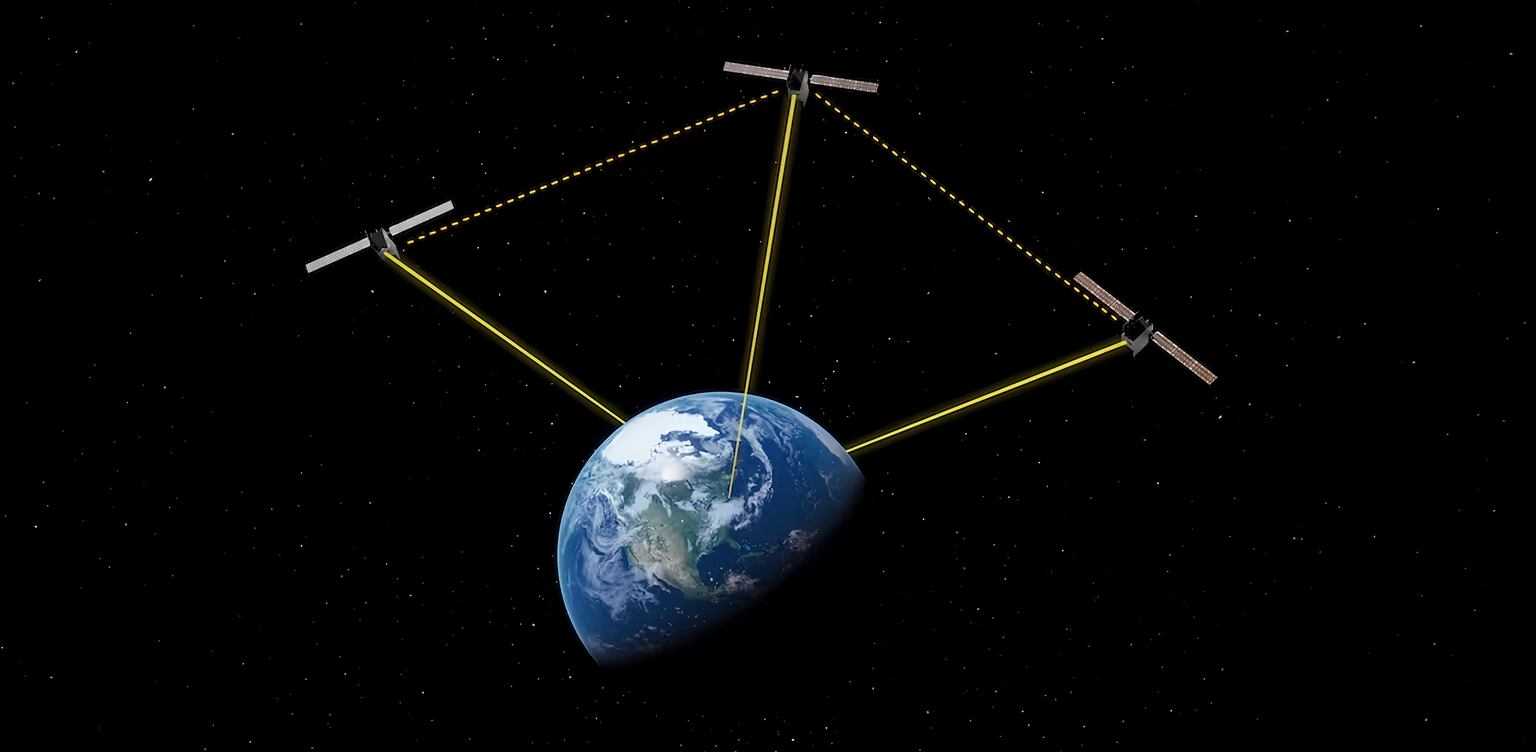 Boeing’s Q4S mission aims to enable space-based quantum internet. Credit: Boeing
Boeing’s Q4S mission aims to enable space-based quantum internet. Credit: Boeing
Beyond its technical achievements, the significance of this Boeing funded mission extends far beyond to revolutionize many secure applications such as fault tolerant computing systems, secure voting mechanisms and blind quantum computing. This mission is a cornerstone of Boeing’s quantum portfolio strategy, said the chief engineer for Boeing’s Disruptive Computing, Networks & Sensors organization, and it is one the company is willing to take calculated risks on to better understand how new technologies may impact Boeing products and services.
Understanding Quantum Entanglement
Quantum teleportation is a famous example of the phenomenon of quantum entanglement, described by Albert Einstein as ‘spooky action at a distance’, and is the amazing process where information carried by particles can be transferred without physical movement over distances. Specifically, Q4S focuses on quantum entanglement swapping, a sophisticated procedure for the exchange of quantum information between network segments, without direct contact, which distinguishes it from previous quantum missions that primarily dealt with quantum key distribution protocols. If this new breakthrough approach to information transfer truly delivers on its promises, it could revolutionize our understanding of communication networks and open up options that were previously the stuff of science fiction.
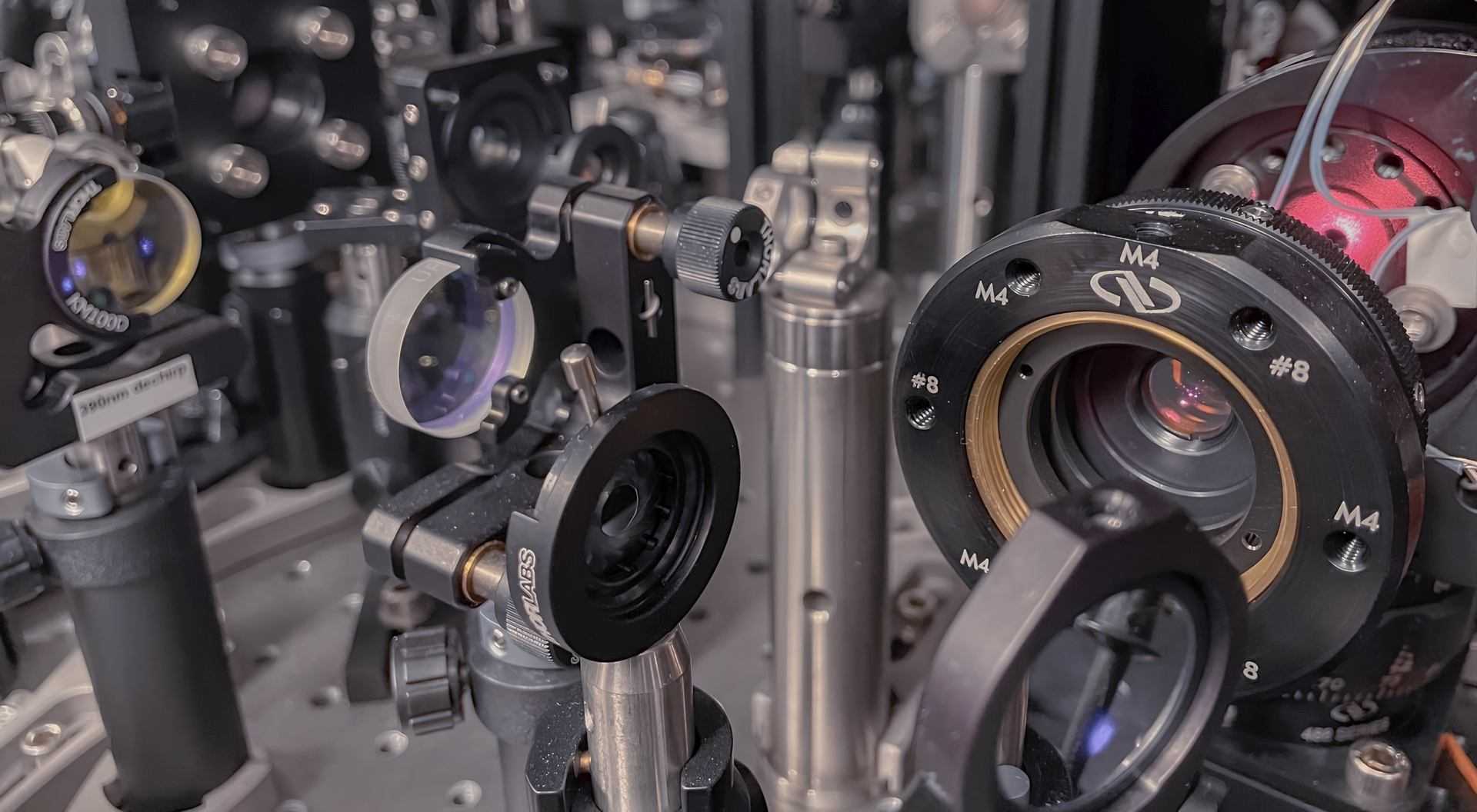 Boeing and HRL’s quantum entanglement lab prototype. Credit: Boeing
Boeing and HRL’s quantum entanglement lab prototype. Credit: Boeing
Quantum entanglement has been demonstrated in the laboratory, but its use in space is an unprecedented challenge. This advancement was made possible by the 2019 SpooQy-1 mission from the National University of Singapore, which showed that an entangled photon pair source can be operated in a cubesat. However, Boeing’s mission further takes this concept to the next level by realizing advanced quantum entanglement swapping protocols on a smallsat platform, while the mission itself does not involve direct quantum computation in orbit. Successful space based quantum entanglement has technological implications across a range of scientific research and practical applications. The potential for this advancement is in the development of ultra secure satellite communications, quantum based navigation systems and even to shed some light on the fundamental physics principles in space environments. Maintaining quantum states in the harsh environment of space represents a major leap forward in our ability to harness quantum phenomena for practical applications, and now could open new frontiers in space exploration and satellite technology.
Technical Challenges and Laboratory Success
Boeing and HRL Laboratories have been systematically addressing the technical hurdles to the translation of laboratory physics experiments to orbital operations. Entanglement swapping has already been demonstrated successfully in laboratory conditions using components that are representative of the planned payload design. Rigorous component and subsystem environmental testing is being used to demonstrate functionality in the space environment which is very different from controlled laboratory conditions. In addition, extensive testing program has been carried out on advanced simulation techniques and special equipment to perform the extreme temperature variation, radiation exposure and vacuum conditions in space.
Meticulous attention to detail and ingenious solutions have been necessary to overcome the unique challenges presented by the space environment during the development process. To do this, the engineering team has built robust systems capable of keeping the quantum states that are critical for entanglement swapping, and that can withstand the extreme conditions of space travel and operation. It is this delicate balance between quantum stability and physical durability that has enabled breakthroughs in materials science and engineering design to expand the limits of what is possible in space based quantum systems.
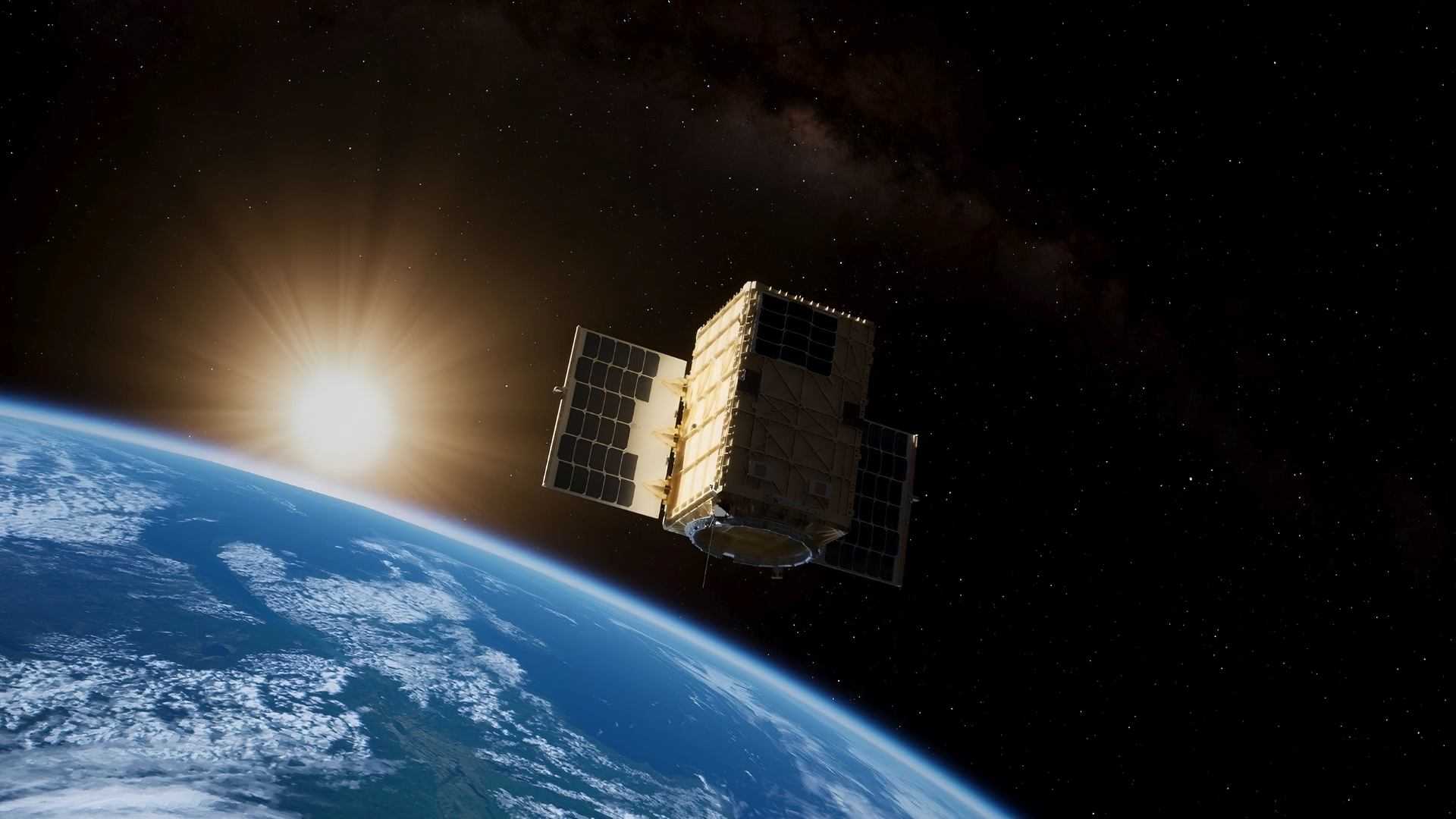 Boeing’s Q4S promo. Credit: Boeing
Boeing’s Q4S promo. Credit: Boeing
Several technological innovations for space based quantum operations have been developed as part of the collaborative effort between Boeing and HRL Laboratories. New methods for thermal management of sensitive quantum components, radiation hardened control systems and precise alignment mechanisms which maintain stability during orbital maneuvers are included in these advances. The team has also developed highly sophisticated error correction protocols and redundancy systems to run the mission for its entire duration, taking advantage of learning from previous space missions and quantum experiments. Their work has set new standards for space qualified quantum hardware that could be leveraged for future missions across the aerospace industry.
Future Applications and Network Potential
This quantum communication technology promises to be a successful implementation in multiple sectors such as computing, healthcare, finance and telecommunications. According to Boeing, the hybrid network will use satellites to carry long haul traffic and fiber optics for short haul quantum information transfer. It provides more security features, including the ability to verify network node locations to prevent unauthorized access or manipulation. Beyond basic communication security, this capability has potential applications in advanced interferometric measurement imaging that could change the game in global resource monitoring, including precise tracking of water levels and emissions data. Boeing, which is cautious about setting specific timelines for a comprehensive quantum communications network, said it has seen significant interest from commercial and defense sector customers in exploring the possibilities of this groundbreaking technology.
Boeing’s Q4S is a critical step in quantum communications technology development, connecting the theoretical physics to real world applications in space. If quantum entanglement swapping in orbit can be demonstrated successfully, it could herald the start of a new era of secure communications and data transfer that will have far reaching repercussions beyond any one industry. However, the mission’s ambitious goals and use of an innovative approach reflect the critical role that quantum technology will play in defining the future of global communications infrastructure. By developing this technology, Boeing is not only showing the world how it pushes the limits of what is possible in space based communications, but is showing the world how quantum physics principles can be applied to solve real world problems. However, as the project marches toward its 2026 launch date, it is a testament to human ingenuity and the continuing evolution of our technological capabilities, and may well set the stage for a future in which quantum communications become a part of our global information infrastructure.

